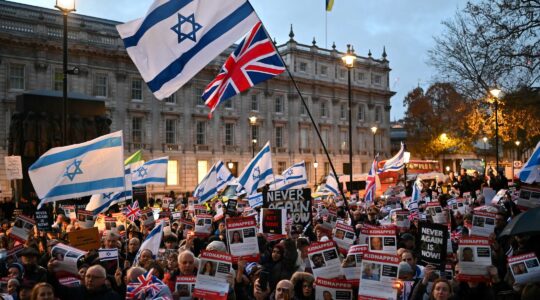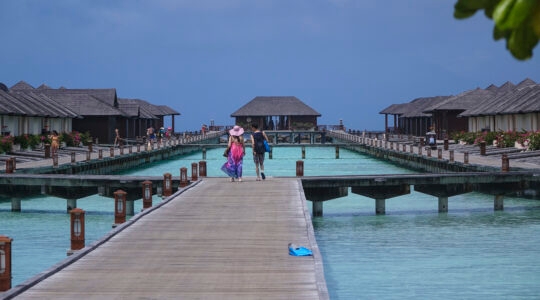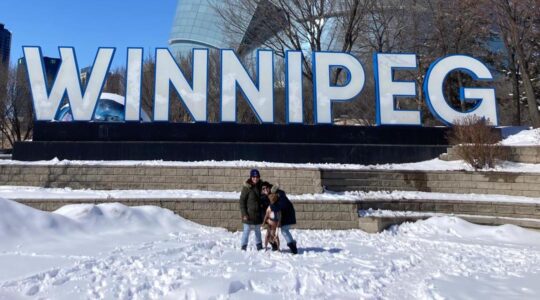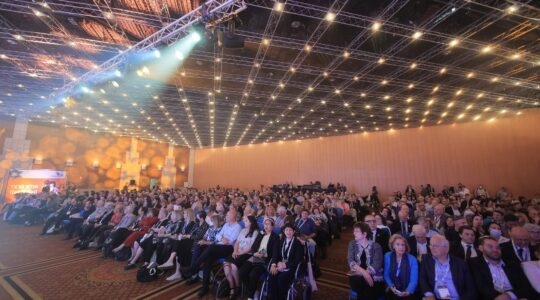(JTA) — Portuguese researchers have catalogued hundreds of secret markings that Jews left on structures in Seia in the 16th century following their forced conversion to Christianity.
A three-member team said it found 500 markings in Seia, a north Portugal municipality, including coded Hebrew letters and words carved into walls of homes where converted Jews used to live.
Alberto Martinho, Jose Levy Domingos and Luiza Metzker Lyra, the research team, said they also found distinctive indentations in stone door frames where the residents would have placed mezuzahs.
Martinho told Portugal’s Lusa news agency on Friday that the findings “elucidate the Jewish presence” in the region.
According to Jose Oulman Carp, the president of the Jewish Community of Lisbon, Portugal had a Jewish population of about 400,000 Jews in 1536, when the Portuguese Inquisition officially began.
Many of the Jews in Portugal were refugees from neighboring Spain, where the Inquisition — an organized campaign of persecution led by the Catholic Church — began in the late 1400s. Persecution in Portugal forced many Jews into exile. Those who stayed became known as “New Christians,” though many of them continued to practice Judaism in secret and developed special customs to set themselves apart in discrete ways from the rest of the population.
Earlier this month, the Portuguese parliament passed a law entitling the descendants of Jews who left to citizenship. A similar bill is being prepared in Spain.
According to the researchers, who are scheduled to publish their full study within two weeks, they found 42 marked houses in the small village of Santa Marinha alone. They said the town of Trancoso has many more marked houses.
JTA has documented Jewish history in real-time for over a century. Keep our journalism strong by joining us in supporting independent, award-winning reporting.





